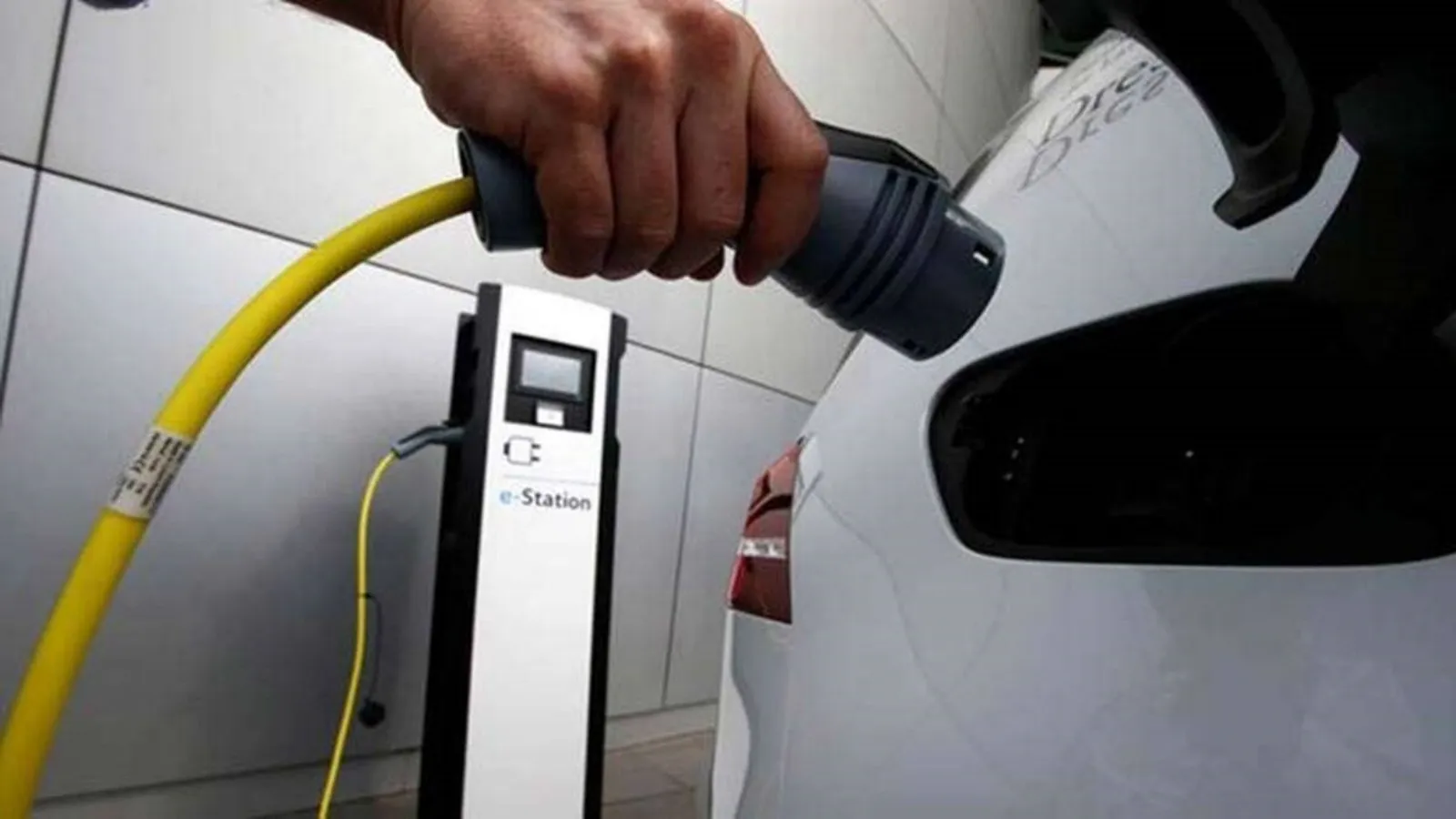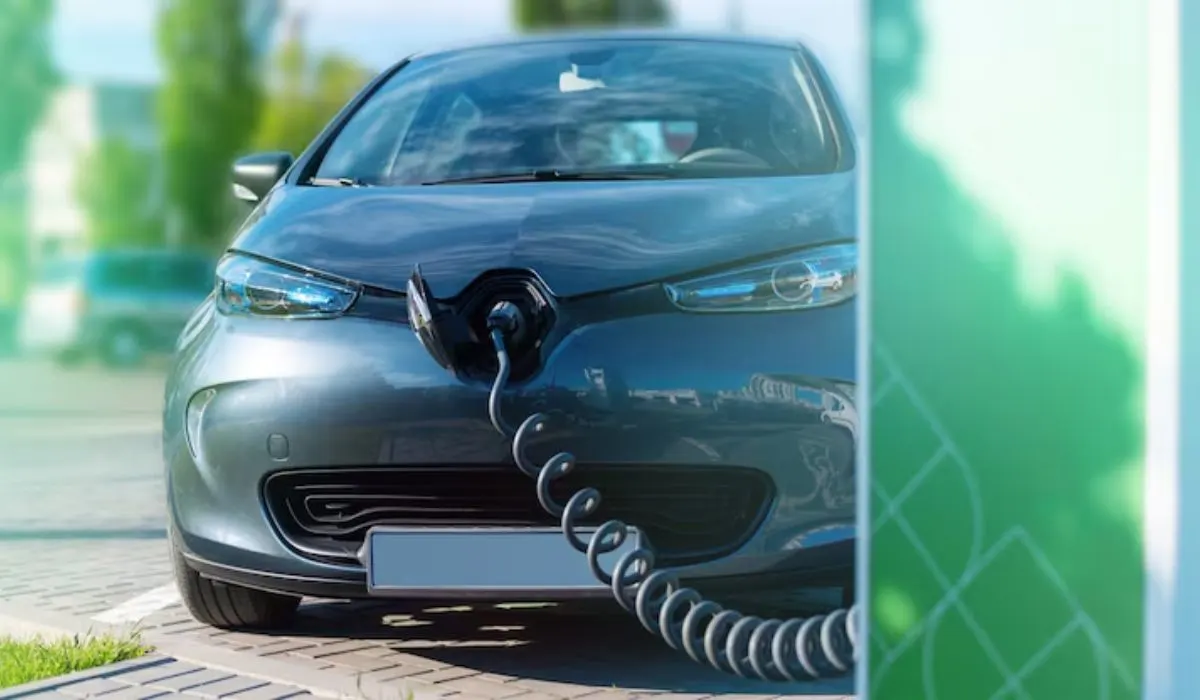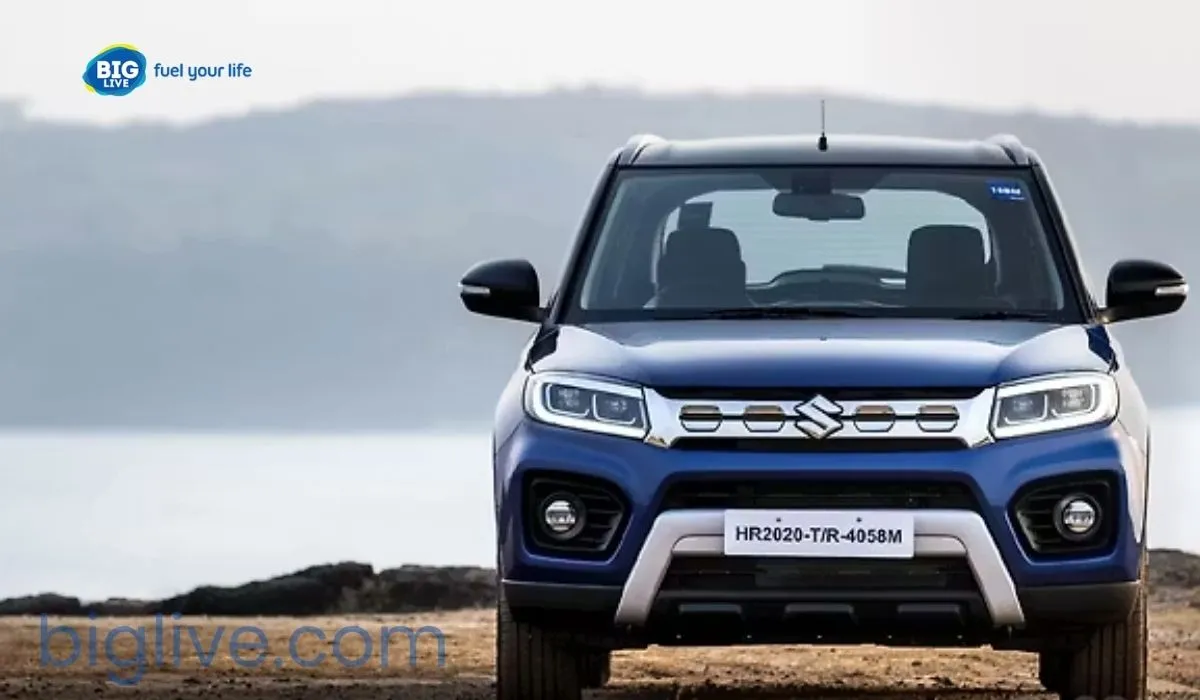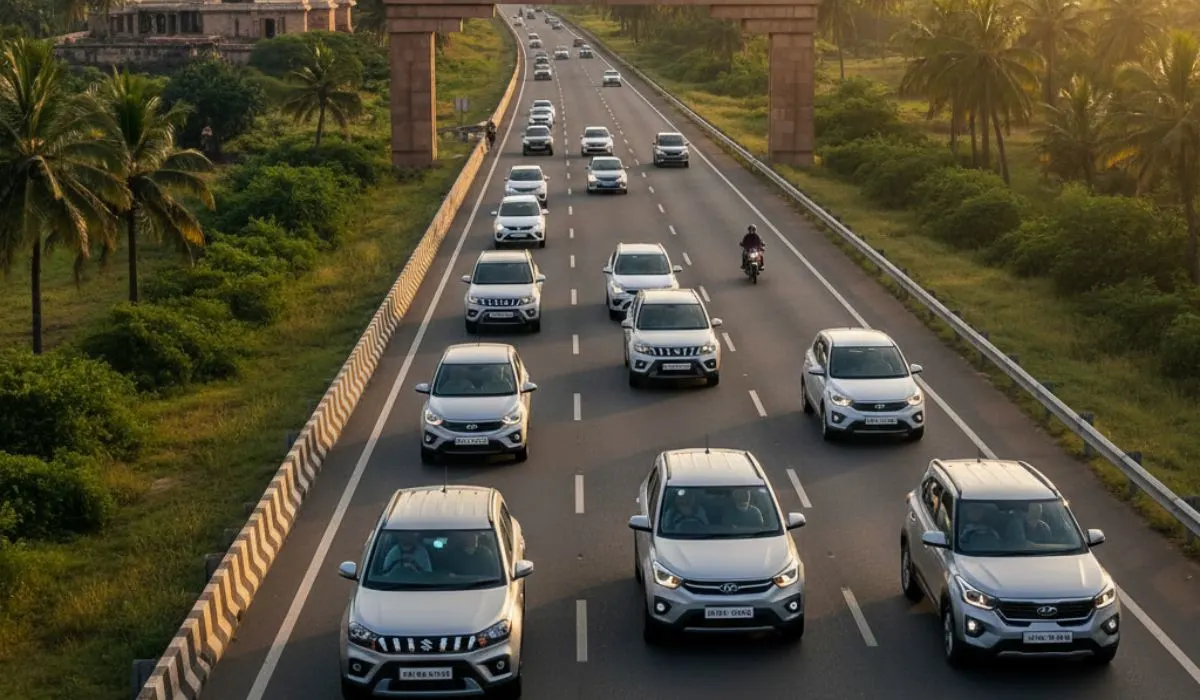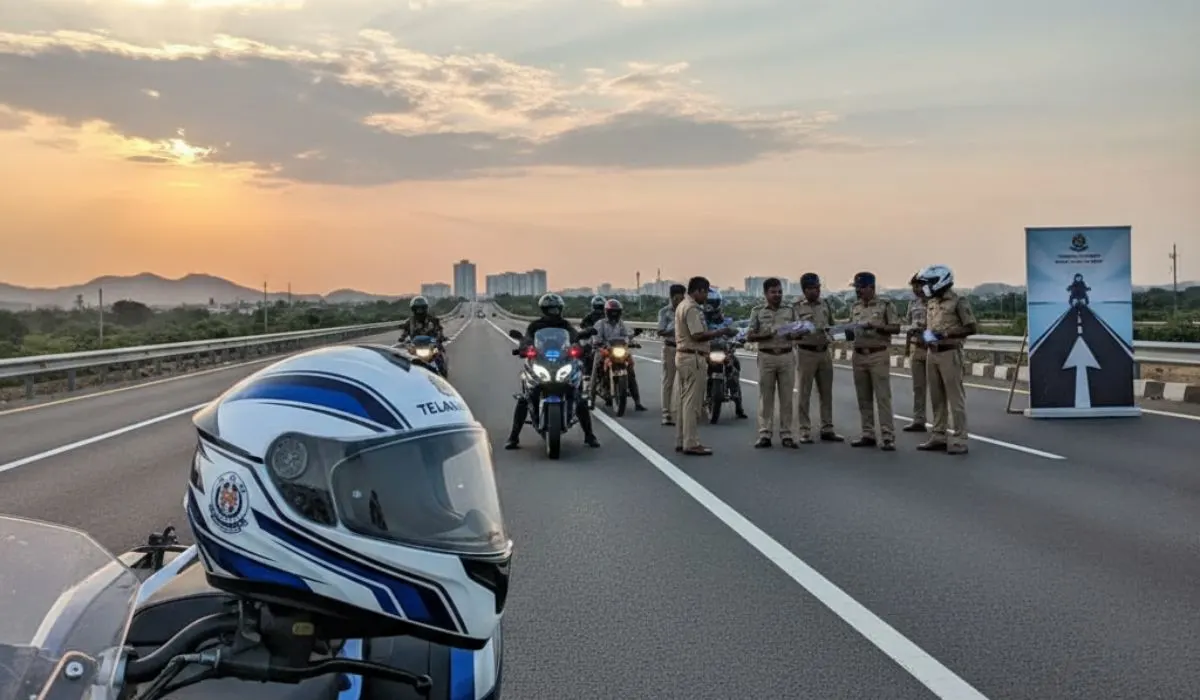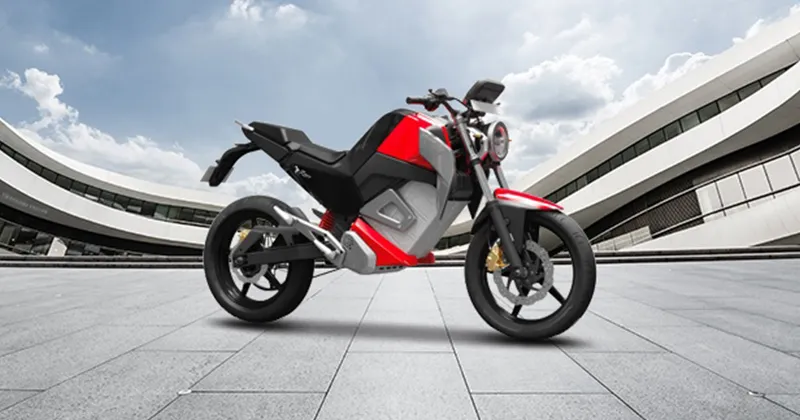By now, most people in Chandigarh have had that moment — you’re standing outside a mall or office, it’s raining lightly, and you open your ride app. Just a short trip home, maybe 3 or 4 kilometers. But the fare? 280. Maybe 300. And you stare at the screen wondering, “Wasn’t this ride 100 last week?”
This has been the new normal — confusing, expensive, and unpredictable rides. But finally, someone seems to be paying attention. Chandigarh, known for its orderliness and calm streets, has now taken a serious step toward regulating app-based cab services like Ola, Uber, and even Rapido.
In short, the administration is done with unchecked surge pricing. With the Motor Vehicle Aggregator Rules, 2025, the city now wants structure — and fairness.
A Ride That Costs More Than It Should
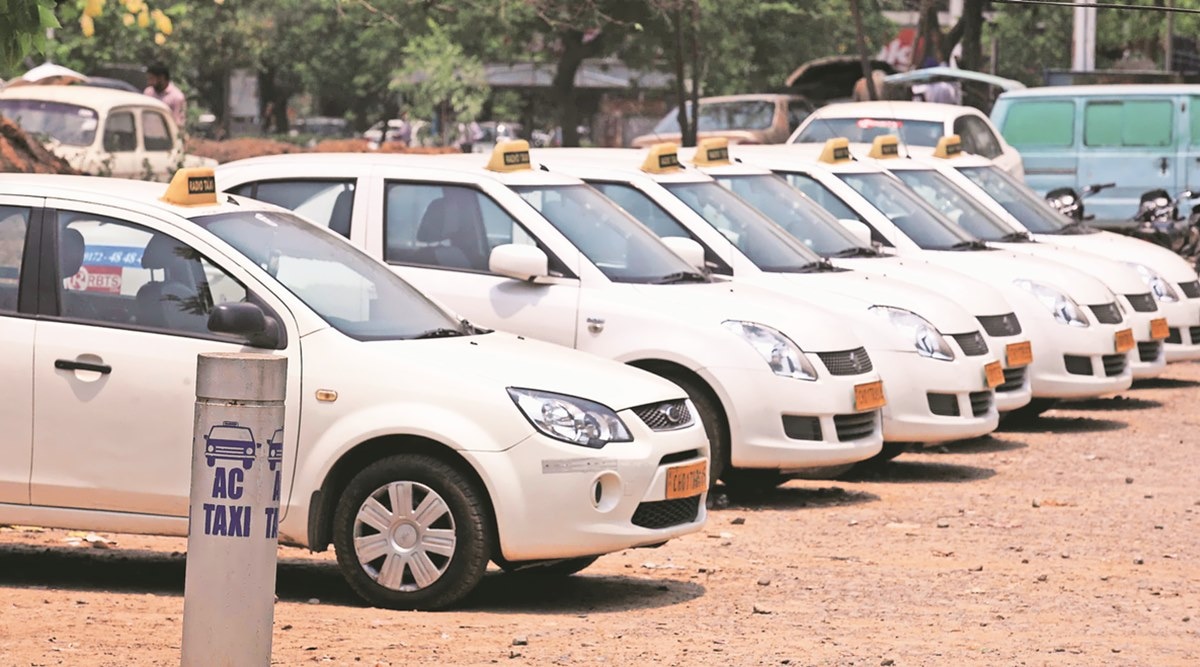
The idea of app-based taxis seemed like a blessing when they first showed up. Easy to book, cashless, comfortable. But slowly, many passengers — especially in cities like Chandigarh — began to feel like the fares were playing tricks.
“I booked a cab from Sector 22 to Sector 7 last month,” said Rohan Malhotra, a software consultant. “It was a 10-minute ride. Cost me 310. I wasn’t even going during rush hour. I started avoiding cabs after that.”
But it wasn’t just riders. Drivers too had issues. Some felt the commissions were unfair. Others said the platforms punished them for canceling too many rides, even when it wasn’t their fault. Add in angry passengers, no rest areas, and rising fuel prices — and you’ve got a recipe for daily stress.
What the New Rules Actually Do?
The city’s new rules are simple but serious. Here’s a breakdown — not in legal terms, but in plain English:
Surge Pricing is Now Limited
Apps can no longer push prices as high as they like. They can’t double or triple the fare just because it’s raining or busy. The maximum fare can now be 1.5 times the base fare, nothing more.
So if a ride usually costs 100, the highest it can go — even in rush hour or bad weather — is 150. That’s it.
Minimum Fare for Short Trips
Many drivers were losing money on short trips — especially when they had to drive 2 km just to pick you up, only to drop you 1.5 km away.
Now, there’s a minimum fare for trips under 3 km. This includes “dead mileage,” meaning the distance they drive just to reach you. It’s more fair for drivers, and also clear for passengers.
No More White Number Plates
Until now, some people were using private vehicles — white plates — for commercial driving. That’s not safe, nor legal. From now, only yellow-plated commercial vehicles can be used for ride-hailing services.
This helps with insurance, accountability, and stops unregistered cabs from operating in the city.
Aggregators Must Pay into a City Fund
Every ride you take will now contribute 2% of the fare to a local infrastructure and welfare fund. This money will go into improving roads, traffic signs, rest stops for drivers, and other public transport spaces.
Not a bad idea. Every ride helps the city just a bit.
The Mood in the City
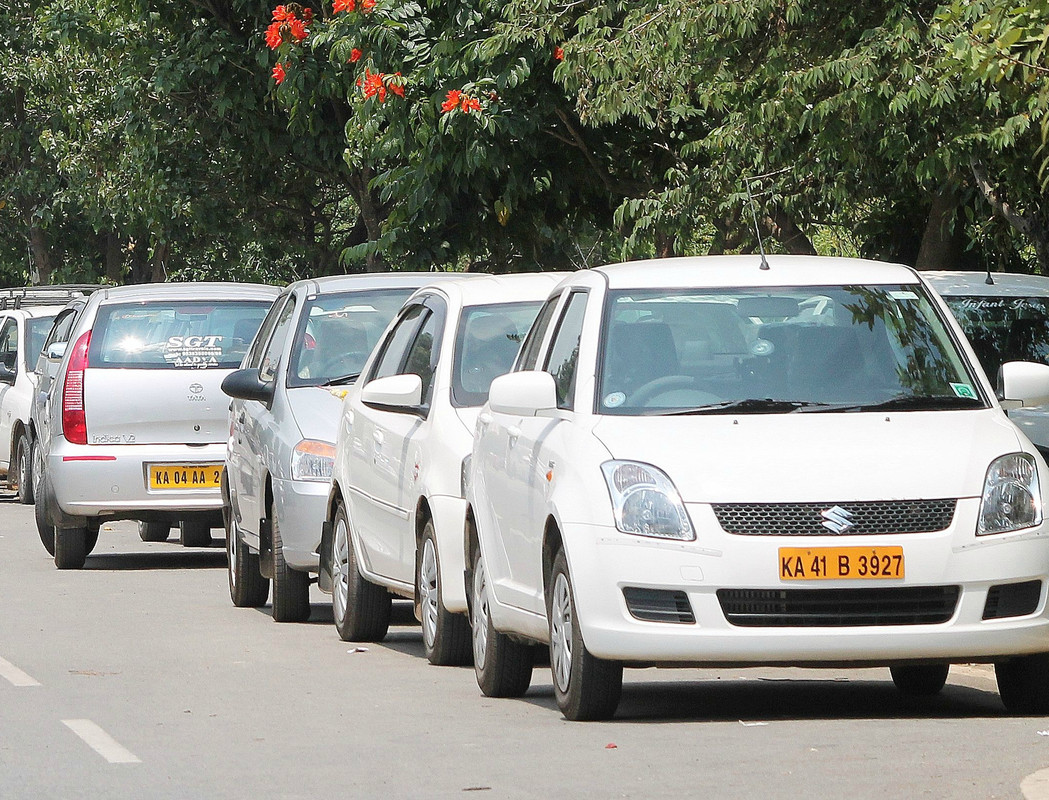
So, what’s the buzz among locals?
Many passengers are relieved. “I think this was long overdue,” said Neha Sharma, a university lecturer. “You can’t charge people three times more just because the app says demand is high. That’s not right.”
But not everyone is cheering just yet.
Some drivers are skeptical. Suresh, who drives full-time in Chandigarh, says, “If they don’t let the fare go up in busy hours, we won’t earn much. Who will drive during rush hours then?”
He’s not wrong. Without surge pricing, some drivers might skip rush hours or stop accepting rides during rain or festivals. But others think consistency might bring more regular customers — and that’s good for business.
Can It Be Enforced?
It’s one thing to make rules. It’s another thing to make sure they’re followed.
The Chandigarh administration says aggregators must share real-time ride data with the government — including location, fare, and distance. That way, they can keep track of who’s following the rules and who’s not.
They’re also planning a grievance portal, maybe even a phone app, where customers can report fare violations or misbehavior. Fines may be applied. In serious cases, licenses could be canceled.
Is This the First City to Try?
No. Other states like Karnataka and Delhi have tried to control cab pricing before. But most times, the rules were either too vague or not enforced properly.
Chandigarh’s advantage? It’s smaller, more manageable, and has a reputation for clean administration. If any city can make this work, it’s probably this one.
What Could Still Go Wrong?
Let’s be honest — no system is perfect. Some possible hiccups:
- Drivers might start cancelling short trips, especially if they feel the fare doesn’t cover fuel or time.
- Apps could try sneaky tactics — adding “platform fees” or small service charges to raise the final bill.
- That 2% fund? If no one monitors how it’s spent, it might never reach the people who need it — like drivers needing restrooms or shade at taxi stands.
In short, making the rules is the easy part. Keeping them fair and working is the real test.
What This Means for You and Me?
Think of it like this. You wake up, you have to reach the office or a coaching class. You open the app, book a ride, and you know what the price will roughly be. No shock. No 320 for a 4 km ride. That’s peace of mind.
For drivers, maybe now they’ll face less anger from customers. And if more people start trusting cabs again, maybe more rides for everyone.
And if that 2% fare contribution actually improves roads, builds taxi stands with shelter and fans — that’s a win for everyone.
A Small Change, A Big Impact
This policy won’t change the world overnight. And yes, there will be problems. But at least now, there's an effort — a direction — toward fairness.
It says something when a city takes the time to think about not just rules, but real people. Drivers, passengers, app workers, traffic police — everyone’s daily life might get just a little smoother.
So the next time it rains in Chandigarh and you need a cab — maybe, just maybe — the price you see won’t make you pause or swear under your breath.
And if that happens, these rules will have already done something right.



